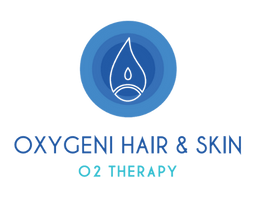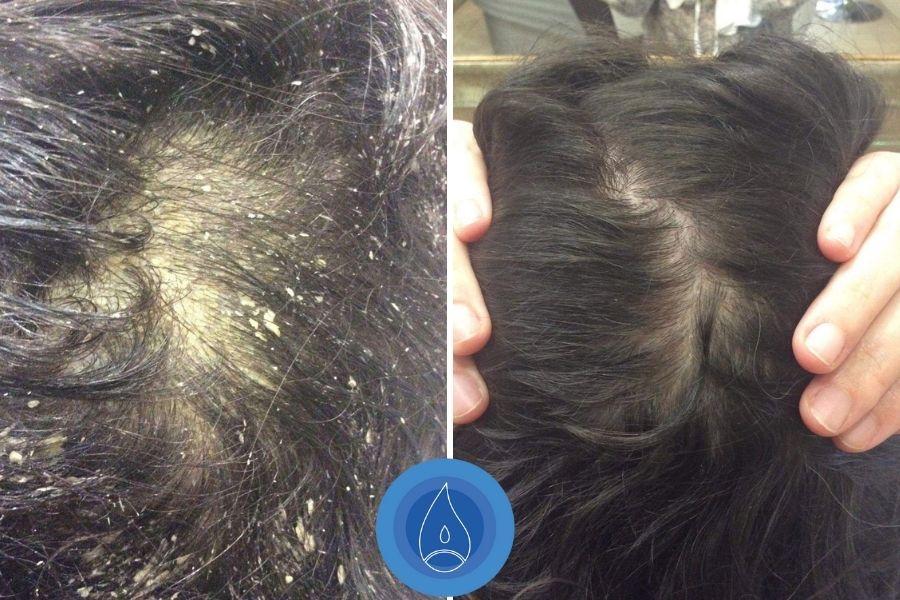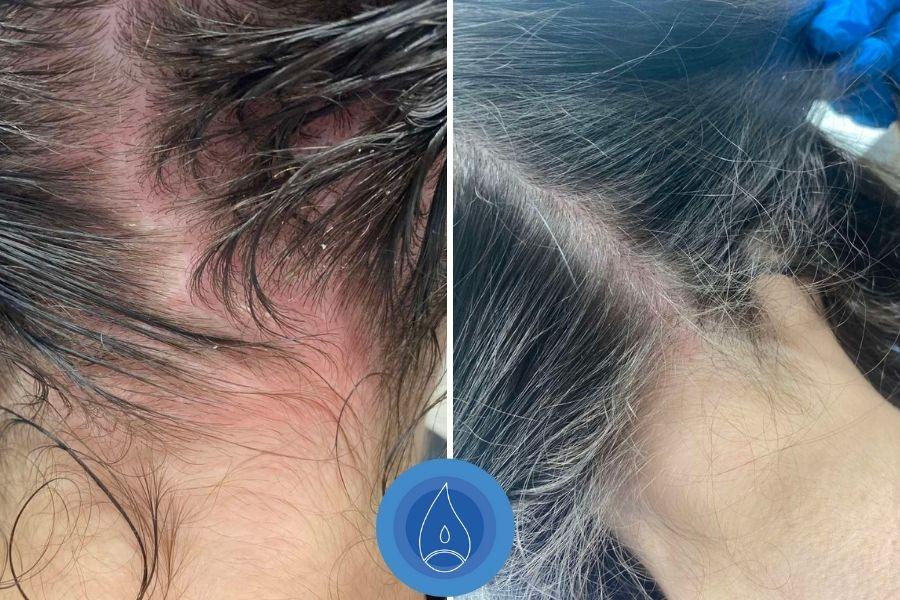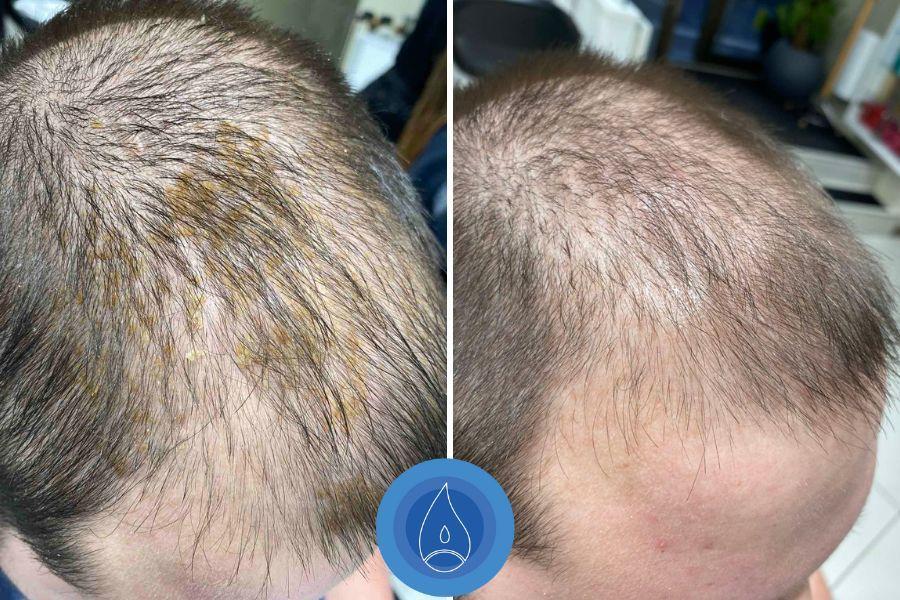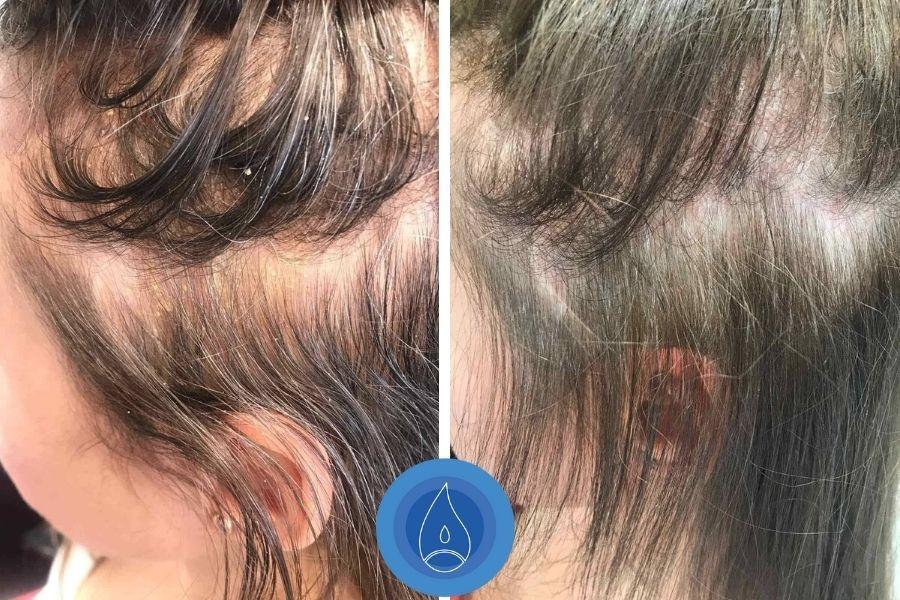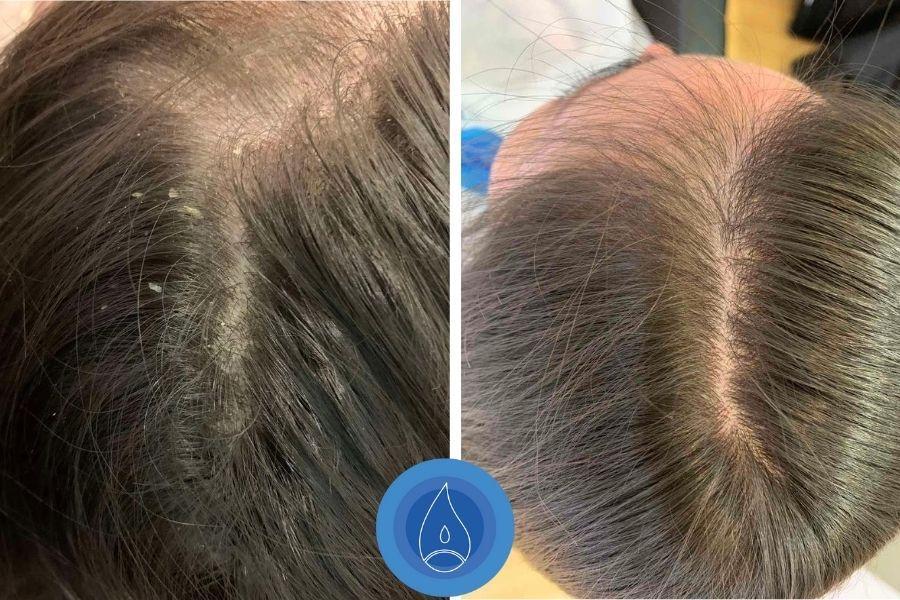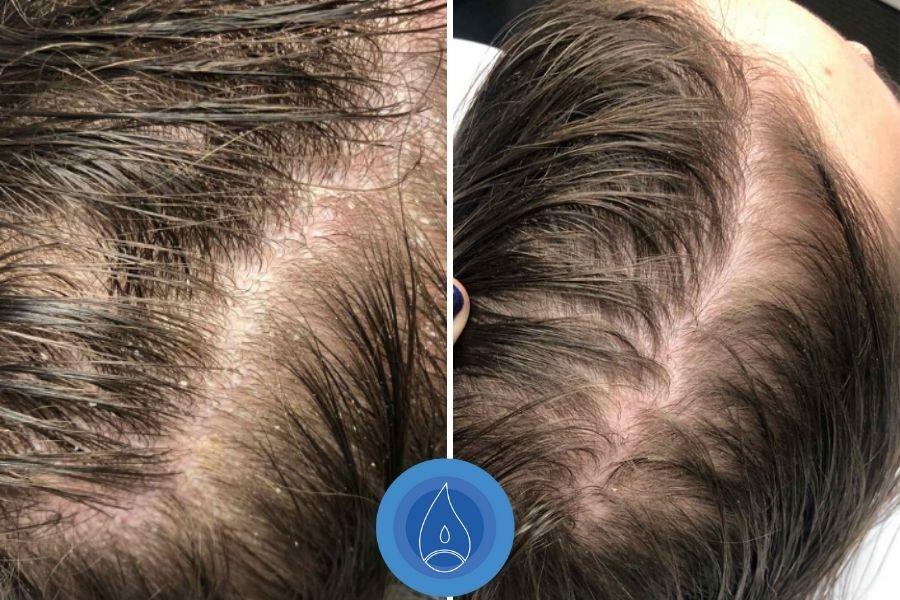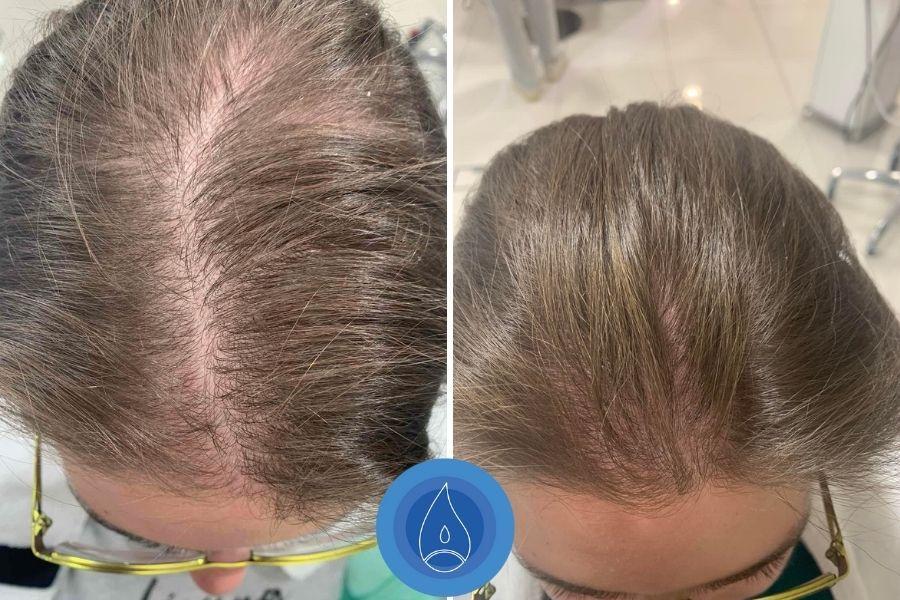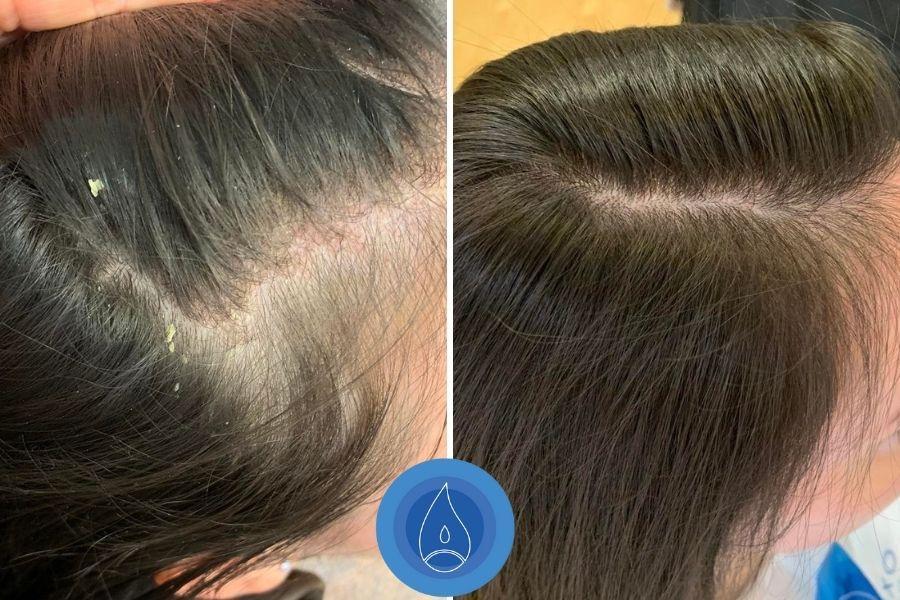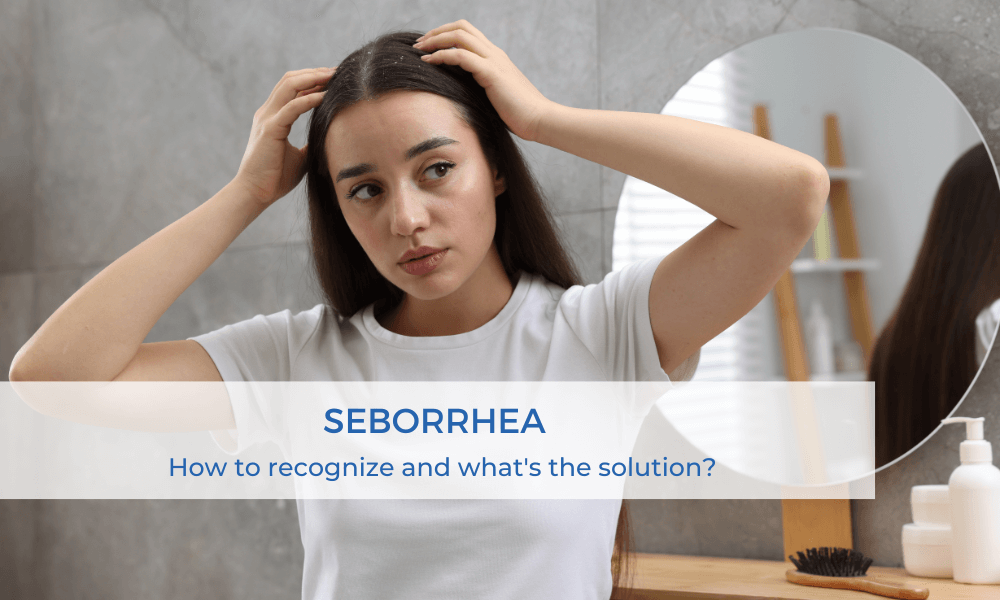
Seborrhea - How to Recognize and What's the Solution?
WHAT IS SEBORRHEA AND WHAT CAUSES IT?
Seborrhea is influenced by excessive sebum production, but inadequate fat breakdown processes can also play a role in its development. Among the triggering factors, genetic predisposition, hormonal changes, and autoimmune processes are included. Weather changes, particularly colder and drier weather, often worsen the condition and exacerbate the symptoms. Additionally, the severity of symptoms can be affected by stressful or illness-prone periods in an individual’s life.
Autoimmune processes occur due to the body’s intolerances. Numerous intolerances can develop, possibly triggered by air pollution and other environmental factors such as chemicals, pesticides, and radiation. Improper hair and skincare routines can also lead to intolerance. Various medications, diseases, vitamin deficiencies, and other conditions like malnutrition, digestive issues, and medical treatments such as chemotherapy or hormone therapy can also contribute to intolerance.
Food-related intolerances are increasingly common due to the abundance of artificial substances like fertilizers, preservatives, and contaminated water. Gluten sensitivity and lactose intolerance are now considered widespread. Intolerances can also arise from psychological factors such as stress, family problems, or an unhealthy lifestyle. When multiple intolerances occur simultaneously in the body, the immune system may start attacking its own cells, leading to autoimmune diseases.
Seborrhea affects approximately 5% of the population and can develop in any age group, affecting both men and women. Childhood seborrhea is often transient, manifesting symptoms on the scalp, behind the ears, or in the eyebrows.
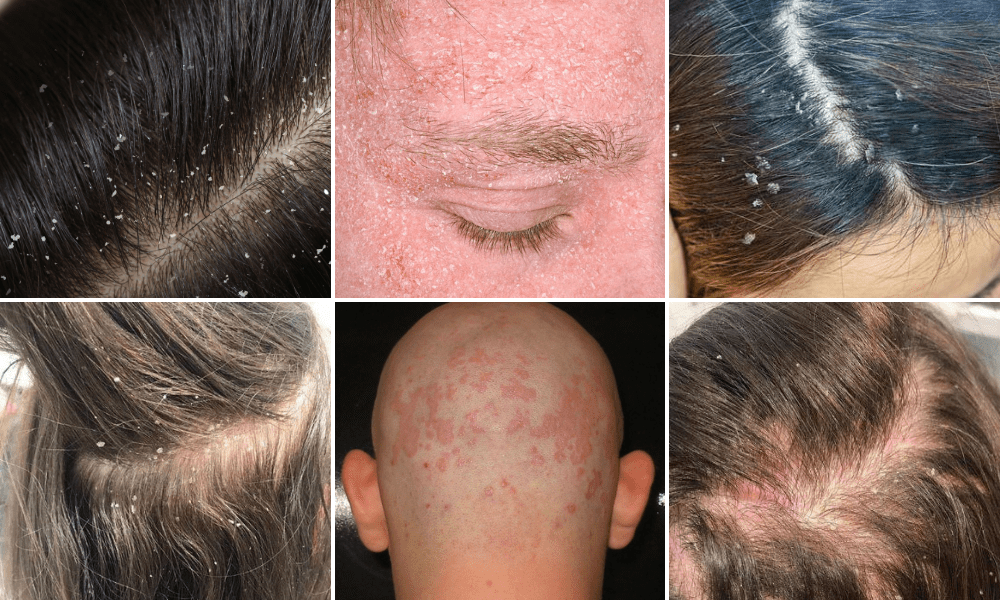
DANDRUFF OR SEBORRHEA?
Dandruff can be a symptom of seborrhea. Essentially, dandruff is easily treatable and quickly curable. Dandruff often develops on the scalp due to factors such as colds, dryness, or exposure to certain chemicals, but it is usually a temporary symptom. In the case of seborrhea, however, it involves a lifelong autoimmune process. While there may be periods without symptoms, they tend to return over time, especially during periods of worsened mental health. Various intolerances continuously exacerbate the symptoms. In seborrhea, scalp flaking (dandruff) is caused by the overgrowth of fungi, while increased sebum production by the scalp and skin causes greasiness.
PSORIASIS OR SEBORRHEA?
Psoriasis and seborrhea are often confused. The main difference between the symptoms is that psoriasis presents as yellowish, whitish, dry, scaly patches on the scalp and body, while seborrhea is characterized by redness and greasiness. Seborrhea mostly affects the scalp and facial skin, whereas psoriasis can occur anywhere on the body, often in skin folds (e.g., elbows, behind the ears, knees).
However, the diseases share some similarities. Both are autoimmune diseases often triggered by intolerances and can only be managed to be symptom-free, not cured. Stress and emotional issues exacerbate symptoms in both cases. Neither condition is contagious. It’s common for both conditions to benefit from thermal water, saltwater, and sunlight. Adopting a proper, conscious lifestyle and healthy diet can promote improvement in both cases, and external treatments can be applied to both. Oxygen therapy can yield significant results for both seborrhea and psoriasis.
TREATMENT OF SEBORRHEA
There are various treatment methods for seborrhea. Often, synthetic products and medications are used to treat this condition, but this approach can pose several problems. Medicinal products aim to eliminate seborrhea using more aggressive shampoos, creams, and drugs, providing only a short-term solution. This typically lasts for a maximum of three months, and if the treatment is discontinued afterward, the skin condition may worsen.
On the other hand, continued use of these medicinal products can lead to permanent health damage. This can result in inflammation of the skin and hair follicles, followed by their chronic degeneration, and hair loss may also accompany seborrhea over time.
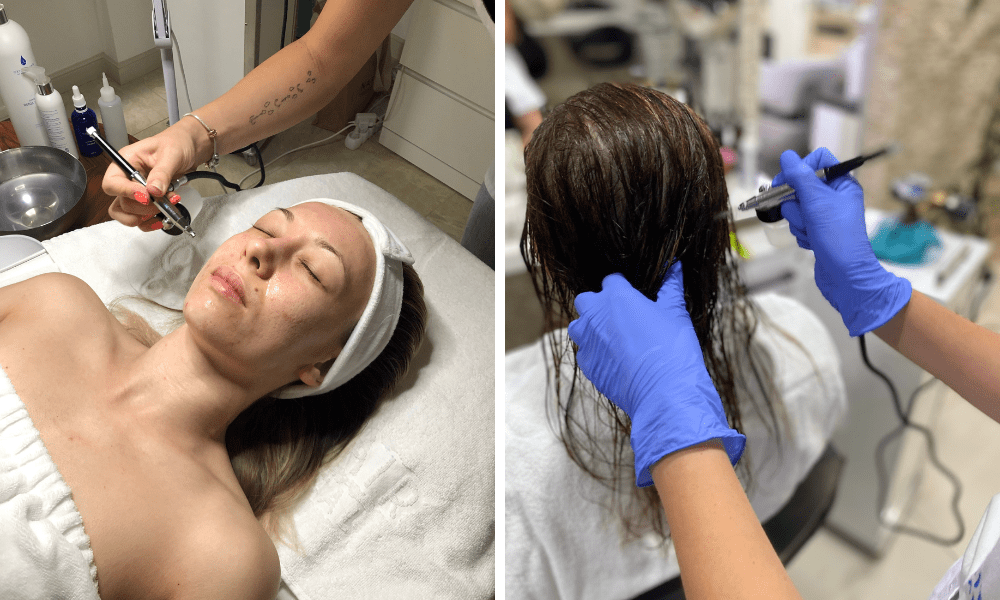
The oxygen therapy developed by Oxygeni Hair and Skin helps provide adequate oxygen supply to cells and hair follicles. The therapy is preceded by a microscopic scalp examination, where inflammations and problems in the deeper layers of the skin can be observed.
oxygen therapy
During the therapy, we not only deliver fresh oxygen to deeper layers but also use oxygen as a carrier molecule to deliver active ingredients to the right place. The advantage of the method is that without the use of needles, we introduce oxygen and serums treating skin abnormalities into the intercellular space, where the lymphatic fluid responsible for nourishing the cells is located.
Through proper oxygen, vitamin, and mineral supply to hair follicles and skin, they revive, strengthen, and thicken hair strands, while the scalp is cleansed of impurities and regains its proper pH value. Cosmetic oxygen therapy treats problematic skin areas, whether it is the chest, face, arms, or legs.
The therapy is recommended for both the scalp and the skin, as cosmetic oxygen therapy is now available alongside hair care treatment.
During the treatment, we deliver a complex of valuable vitamins and minerals into the deepest layers of the skin, where cell metabolism takes place. Oxygen not only ensures the regenerative effect on cells but also provides necessary replenishment of active ingredients for the renewed cell function. The skin is permeable to gases, so substances introduced into the skin with oxygen penetrate deeper than in normal application.
CELEBRITIES WHO HAVE STRUGGLED WITH SEBORRHEA
Few know that many celebrities also struggle with seborrhea. Brad Pitt, Emma Stone, and Adele have all faced many problems with this skin condition in the past, but they now prioritize their health and feeling comfortable in their own skin.
Treating seborrhea was not an easy process for them, but they managed to address their symptoms. With natural and chemical-free solutions, they were able to maintain the health of their skin and hair.

Credit: IMAGO / ZUMA Wire, KEVIN MAZUR/GETTY IMAGES, CBS Photo Archive
WHAT ELSE CAN HELP IN THE TREATMENT OF SEBORRHEA?
Treating seborrhea is a significant challenge, as it requires not only the right hair care and skincare products and treatments but also lifestyle changes. It is essential to pay attention to personal hygiene and properly treat problematic areas.
DIET
Diet plays an important role in the development and severity of symptoms of any condition, including seborrhea. It is important to note that food intolerance is always associated with seborrhea – most commonly gluten, milk, egg, and yeast sensitivity – which must be investigated to manage symptoms effectively.
To promote healing, minimize the consumption of oily, heavy foods, dairy products, and sugar. Try to eliminate sugar consumption as much as possible, as the bacteria and fungi associated with seborrhea feed on sugar. It is also advisable to undergo a candida test due to the presence of fungi and bacteria for more effective treatment. When it comes to carbohydrates, opt for fiber-rich and whole grain foods. Additionally, consume plenty of vegetables and fruits, opting for low-sugar options if possible. Don’t forget to maintain proper hydration both internally and externally by ensuring adequate fluid intake.
Consuming natural dietary supplements greatly aids in the condition of the scalp and hair. It is essential to consume foods rich in vitamins. Incorporate foods or supplements into your diet that contain the following vitamins and minerals: Vitamin A, B6, and B12, Vitamin C, Folic acid, Zinc, Iron, Copper.

INTERNAL AND EXTERNAL FACTORS
Since stress also plays a significant role in the treatment of seborrhea, we would like to emphasize that a stress-free, calm lifestyle can greatly contribute to improvement. Employ stress management techniques, meditate, and practice yoga. Find a leisure activity that relaxes and brings joy.
In addition to internal factors, there are also external triggers or aggravating factors for seborrhea. Avoiding environmental chemicals and harmful substances is a crucial step towards healing. Furthermore, we recommend reviewing the side effects of medications to identify the cause of the conditions. Besides food intolerances, skin conditions can also manifest as post-symptoms of viral and bacterial diseases, including seborrhea. COVID-19 can exacerbate the presence or development of seborrhea, categorizing it among post-COVID illnesses.
HOME CARE FOR SEBORRHEA
Home hair and skin care routines matter. For sustainable healing, the use of chemical-free and 100% natural products provides a long-term solution. If you feel you don’t have enough time or inclination for oxygen therapy, our products and product packages can be excellent home solutions. We’ll show you which products to incorporate into your hair and skin care routine if you’re struggling with seborrheic skin disease.
Using chemical-free products reduces intolerances; their 100% natural ingredients do not irritate the skin and scalp, exerting their effects naturally. The use of natural products can not only alleviate symptoms but also help prevent them!
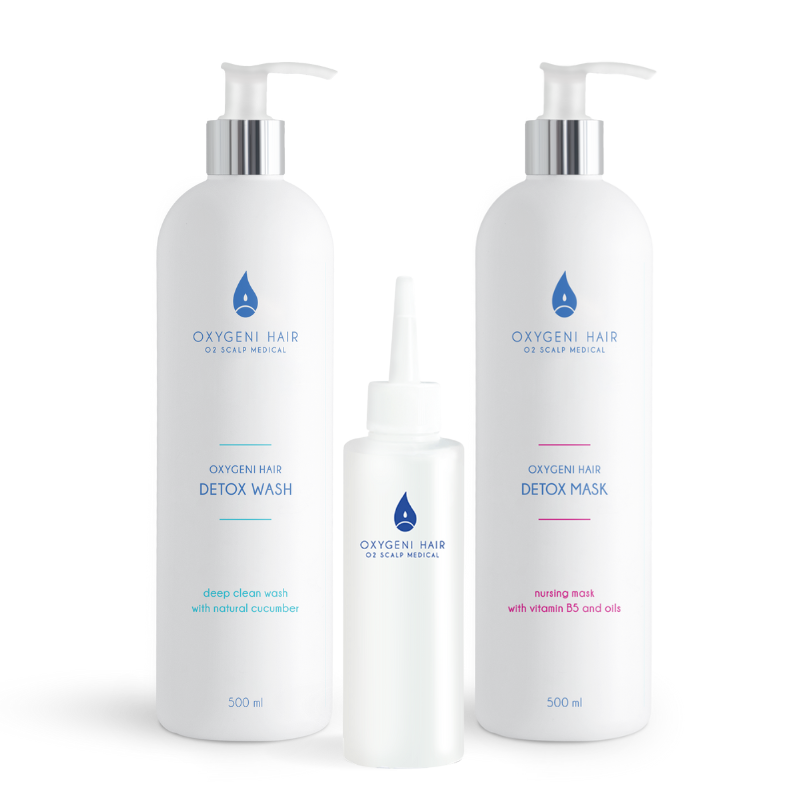
Kit for oily hair and scalp problems
If you're just getting acquainted with our products and prefer to start with a smaller package, we recommend the Detox Wash and Detox Mask product bundle for you. In addition to its anti-inflammatory properties, Detox Wash regulates sebum production and deeply cleanses and soothes the skin. Maintenance is also important in the case of seborrhea to restore the balance of the skin's sebum function, so we use the Detox Mask, which nourishes our hair and scalp and restores its pH balance.
REVIEWS ABOUT THE OXYGEN THERAPY AND THE OXYGENI HAIR PRODUCTS

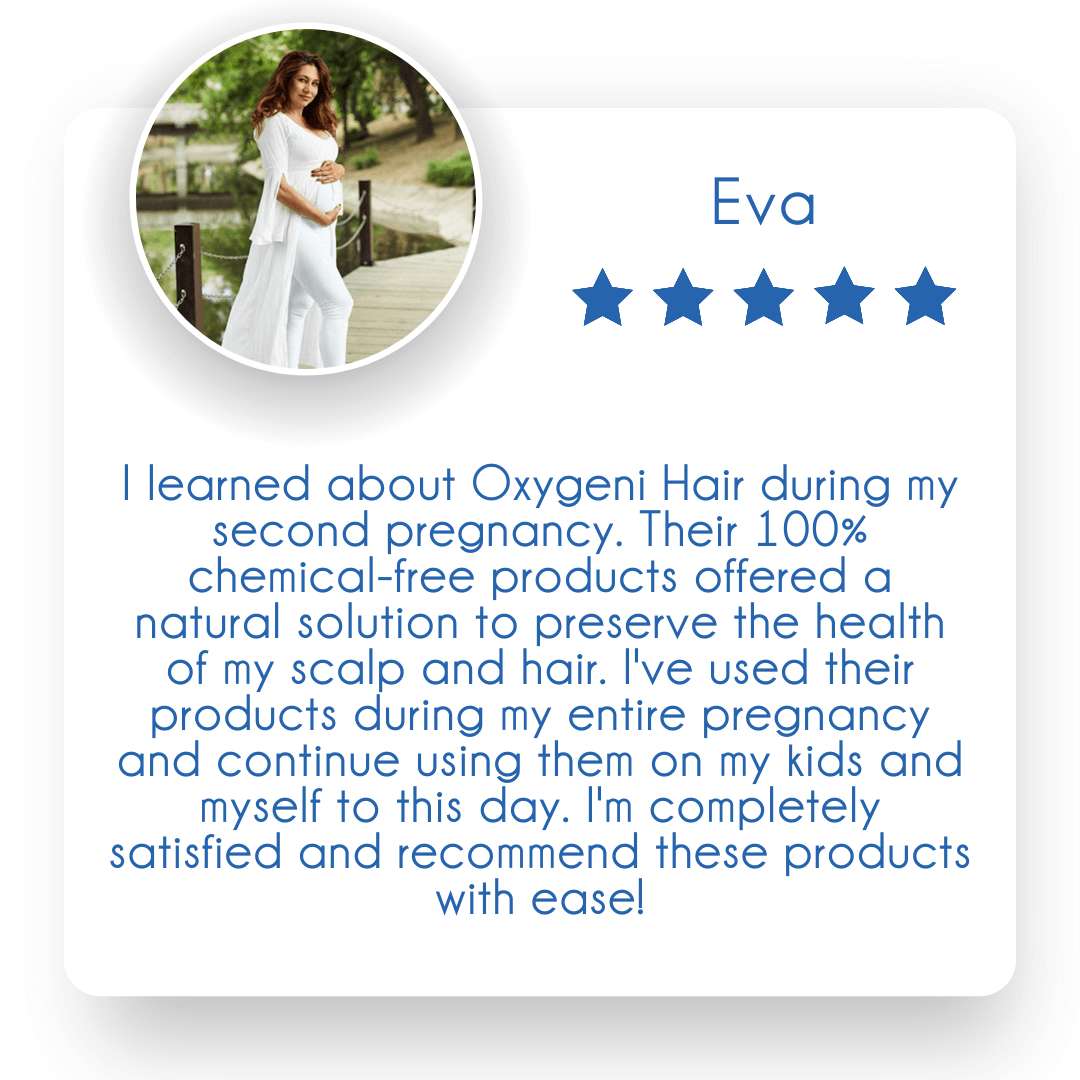
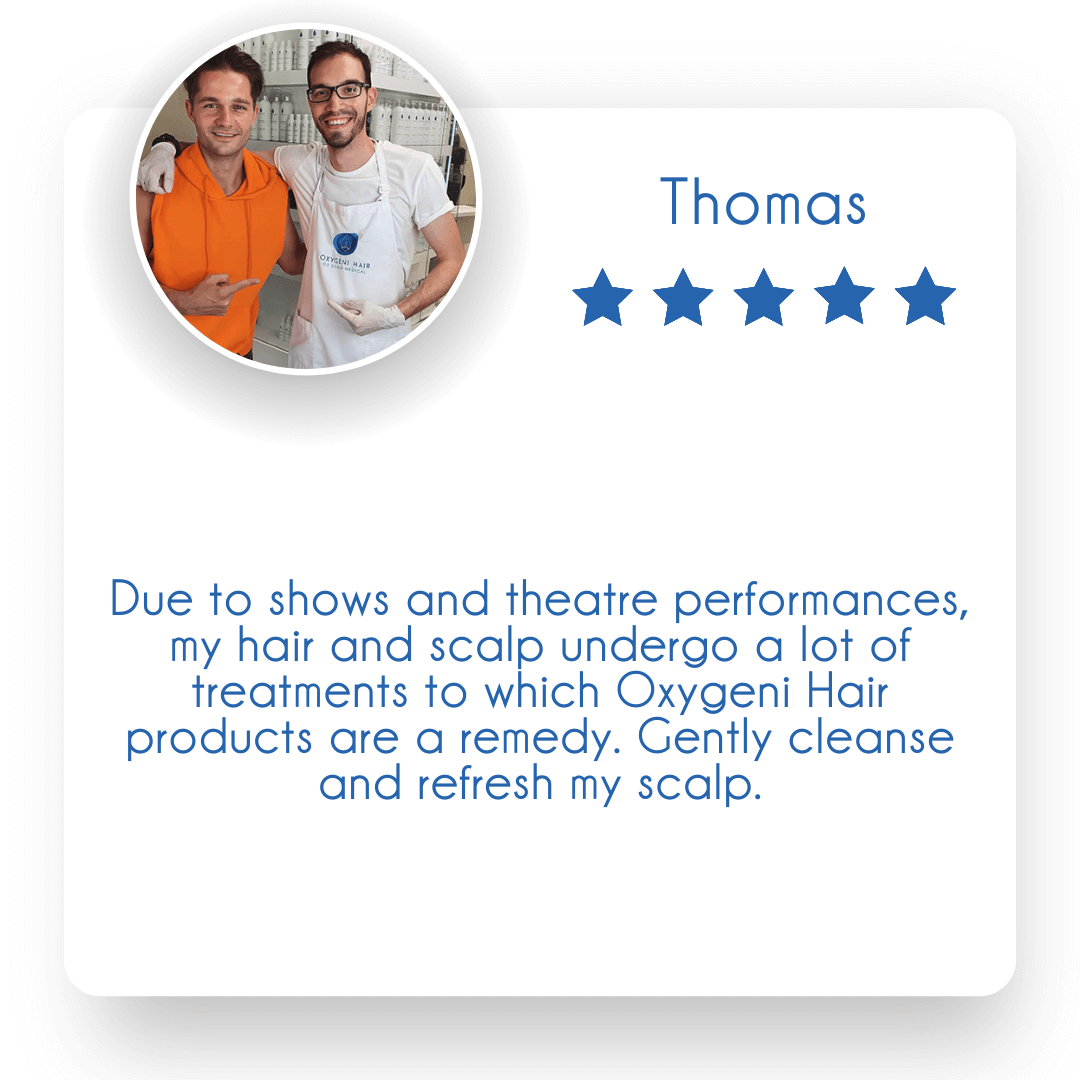
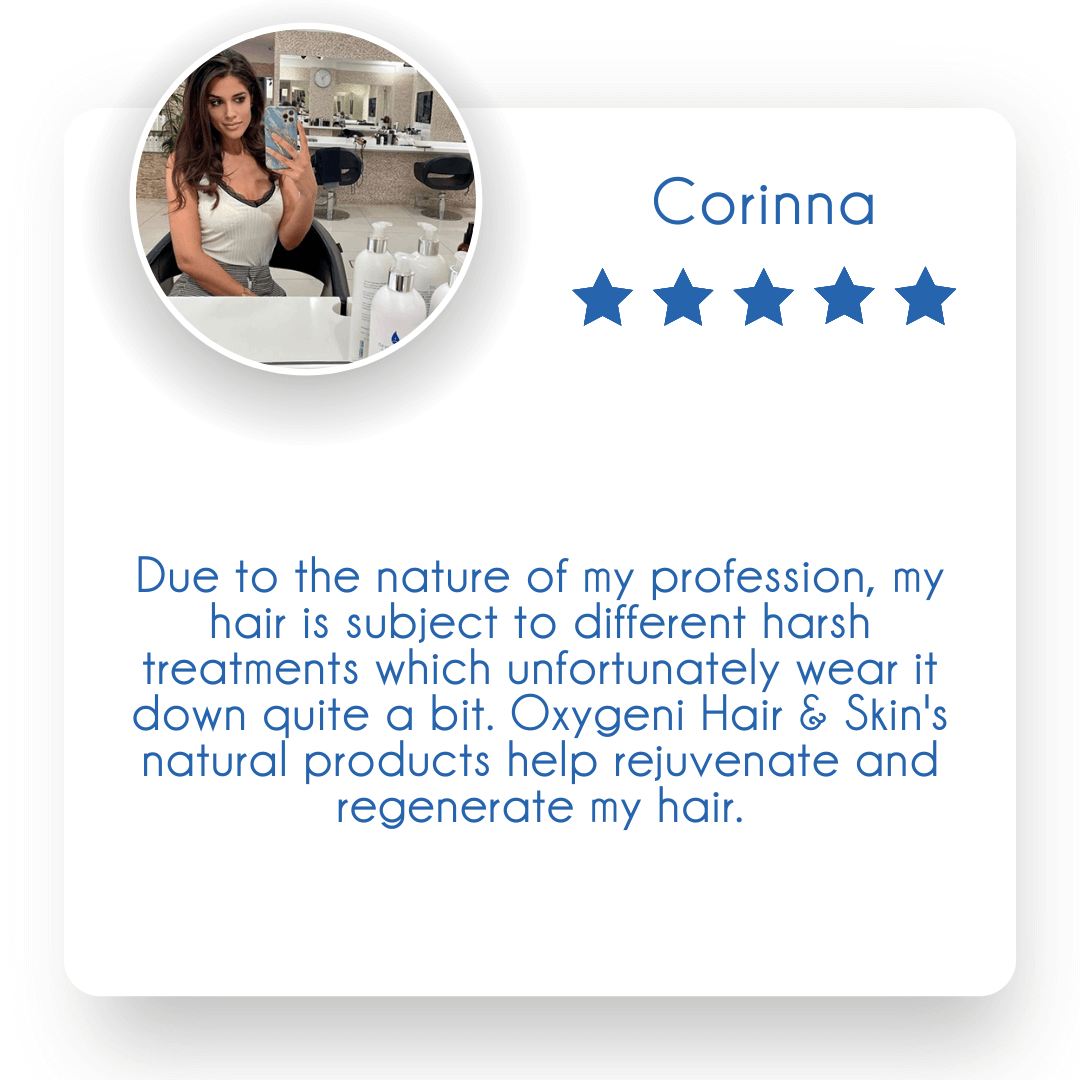
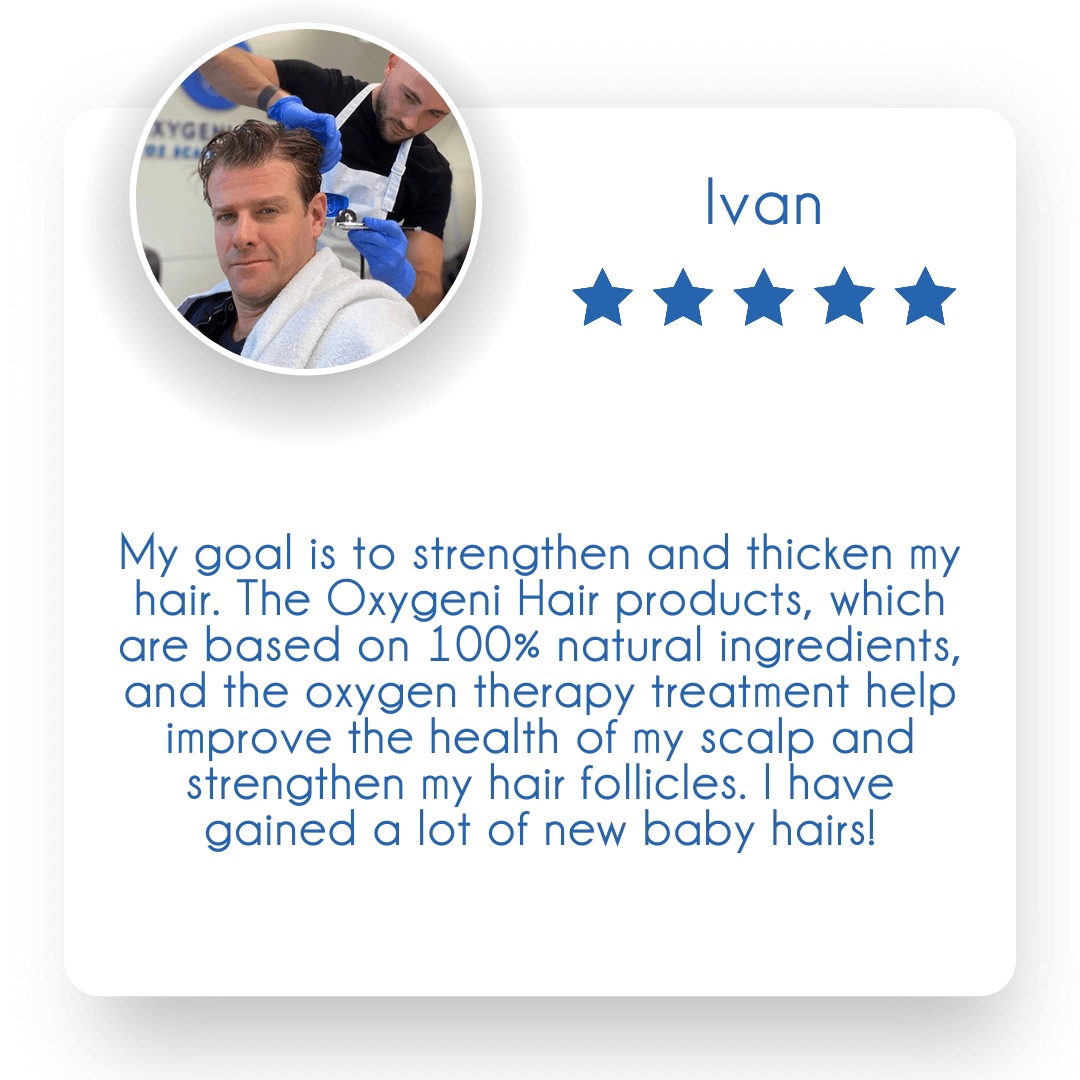
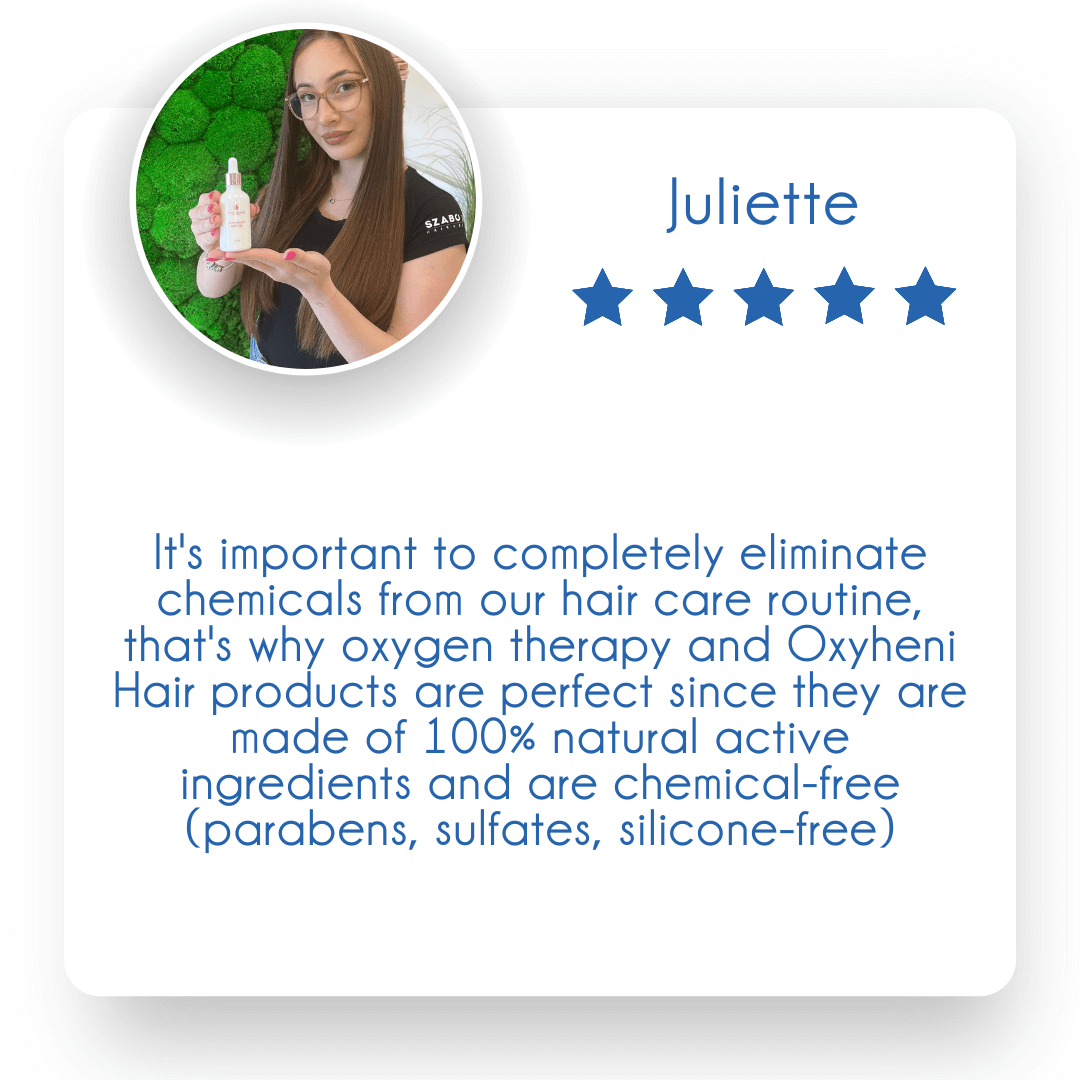
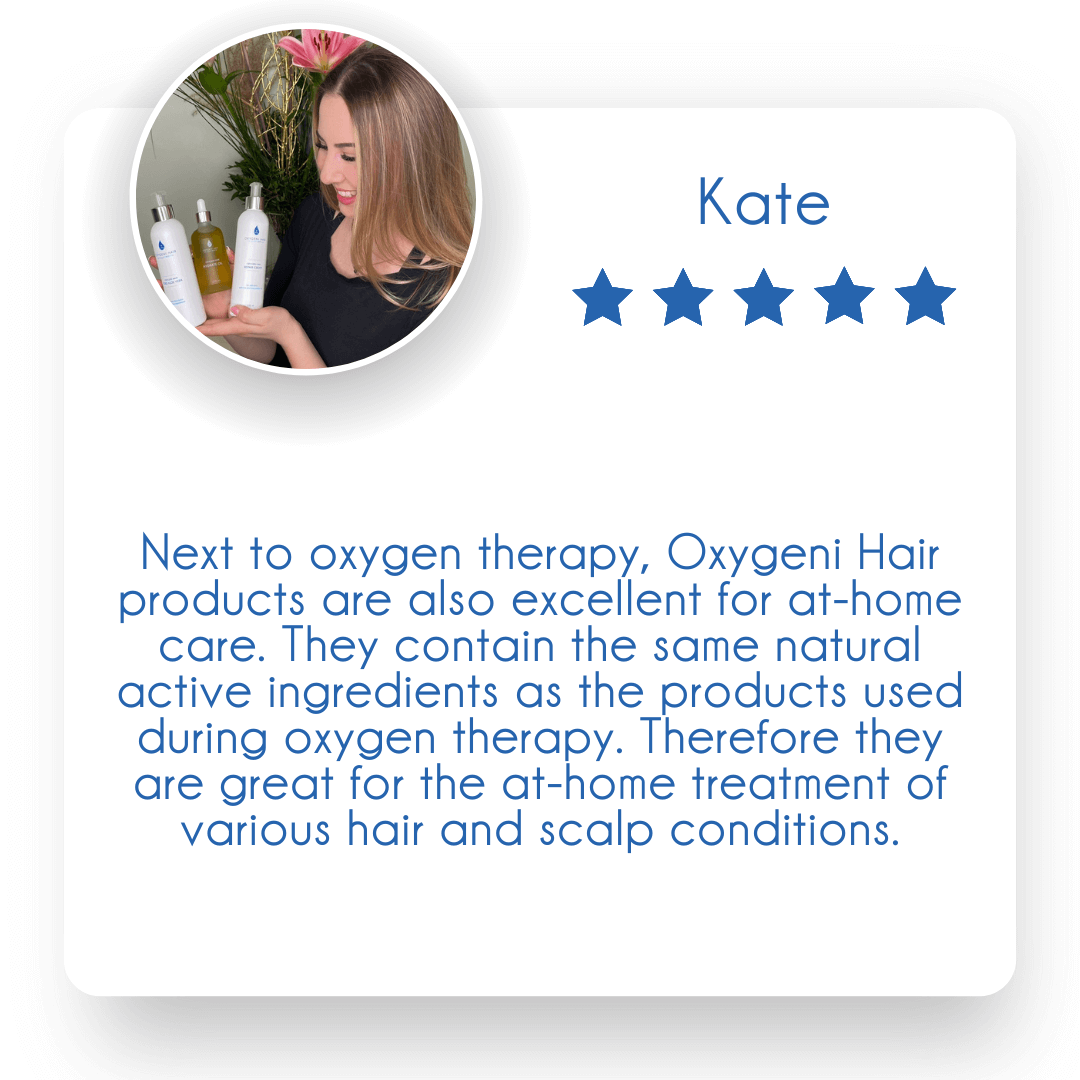
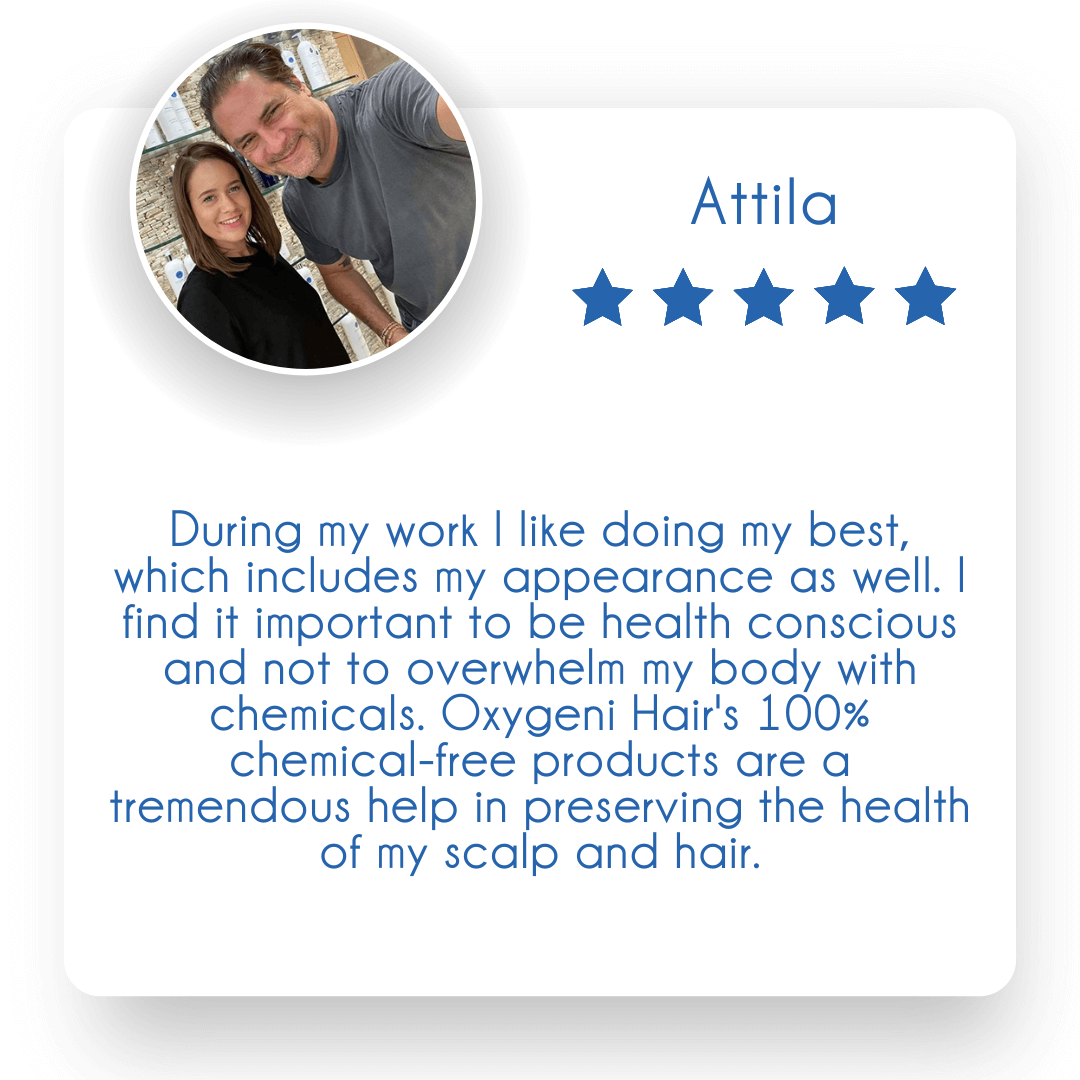
Follow us on our social media platforms!
